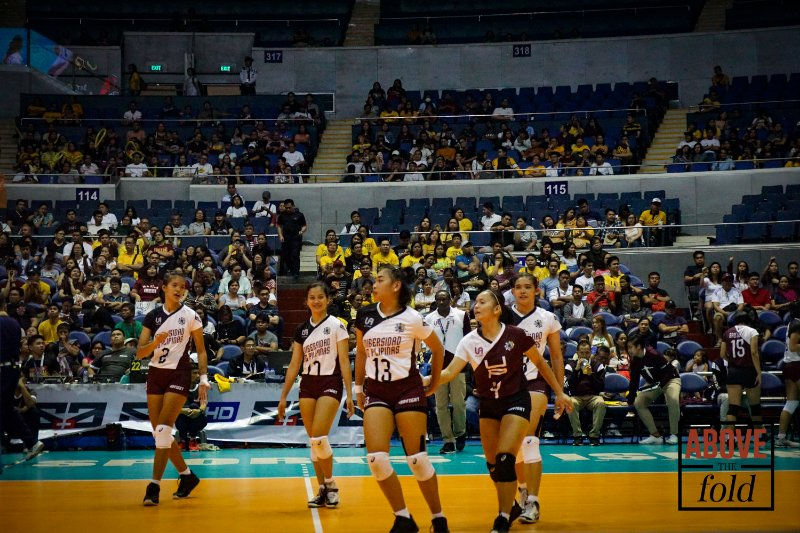Budget delay sets back completion of sports stadium in UP Diliman
- ATF News Online

- May 12, 2019
- 3 min read

By Aimee Lontok
With every goal is a footballer skillfully moving the ball past its opponents, just like a runner who sprints through the finish line losing every inch of breath. The measure of an athlete’s performance goes beyond the technicalities of the game, but also the facility that hones the skills needed to achieve maximum performance.
“The University of the Philippines Diliman football and track and field stadium was scheduled for full operation at the beginning of school year 2018-2019, yet failed to meet its launch date due to a failure in budget release,” Coach Francis “Kiko” Diaz, Dean of the College of Human Kinetics (CHK) said.
The football pitch has already been used by the varsity football teams the past school year, with electrical systems, lighting and fencing up and ready for usage. However, other major components such as the grand stand, dressing rooms and track oval still need to be completed.
Diaz pointed out that the problem lies within the UP system and The Office of the Vice President for Development (OVPD), not being able to secure its payment to the supplier of the track oval. 50 percent of the equipment are said to be at the construction site, but without the rest of the fees, continuous operation of laying the foundation is impossible.
“You cannot do it piece by piece,” Diaz said, “You go with the 50 percent laying of the track oval, then you wait for another two months then you put the other half? It cannot be like that.”
The CHK Dean elaborated that as much as he wants the facility to be fully functional, these factors are out of his control. However, such delay relays a “domino effect,” he said, affecting the track and field team and their overall training program.
It was back in 2012 when Beth Capioso, former track and field alumna, first heard the news that their team was finally getting a proper training venue—Capioso was still a freshman back then. After 5 years of representing the university in the UAAP, still no sight of a promise made years ago.
“I’m already out of playing years and still haven’t been able to use the new track oval,” Capioso said. “During my last year in the university, I thought to myself that here was my chance to use the new facility since it would only take ‘13 weeks’ to finish laying down the track, but still nothing,” she added.
With Capioso passing the torch to a younger generation of runners, these athletes still inherit the same problems experienced by their veterans.
The track and field team’s training schedule begins at 4:50 am sharp at the PhilSports Complex (Ultra), Pasig or at times at the UP Academic Oval. This gives little room for these athletes to rest, Marisol Amarga, a freshman and middle distance runner of the team said.
Holding trainings away from the university entails underlying problems when it comes to transportation. While the university is able to provide a bus to shuttle the team to Ultra and back to school, this only comes on a first-come first-served basis, resulting to other members carpooling or commuting to the venue.
Aside from transportation woes, this setup also negatively affects the health and wellness of athletes.
Amarga said that training early in the morning, then going straight to school is exhausting. “Sometimes my body is just so tired due to the lack of rest. I worry that it would affect my performance, which could also lead to injuries. My studies are also affected by this being unable to concentrate in class,” she added.
“So much is to be enjoyed with the completion of the football and track and field stadium,” Diaz said. Athletes would be able to have a venue which is much closer, and is their own, without worrying about the amount of people coming in and out, unlike a public facility such as Ultra, Pasig.
Diaz assures that the university and the OVPD are doing the best they can to finalize the payment needed for the completion of the track oval.
“Since the delay revolves solely on such payment, we are hopeful that the facility would be fully functional by the start of school year 2019-2020,” he said.






Comments